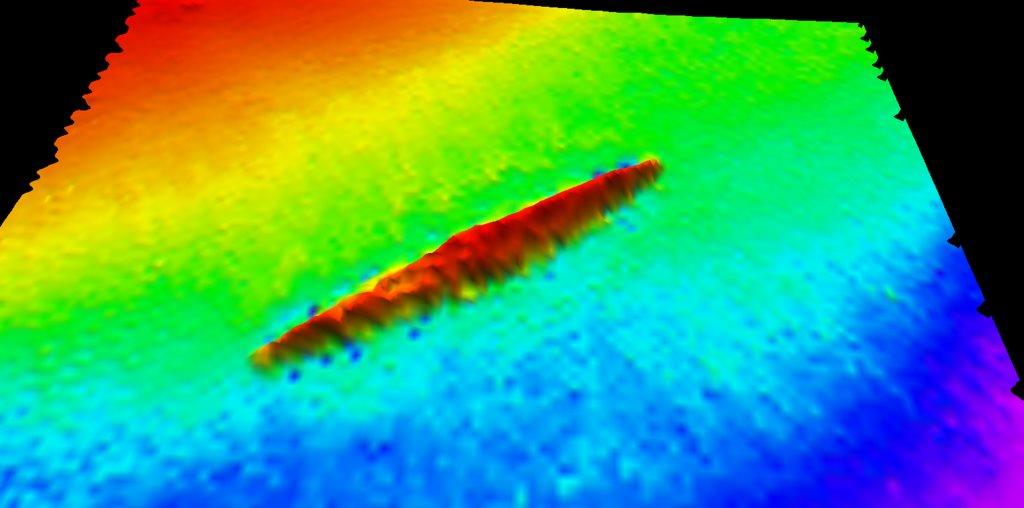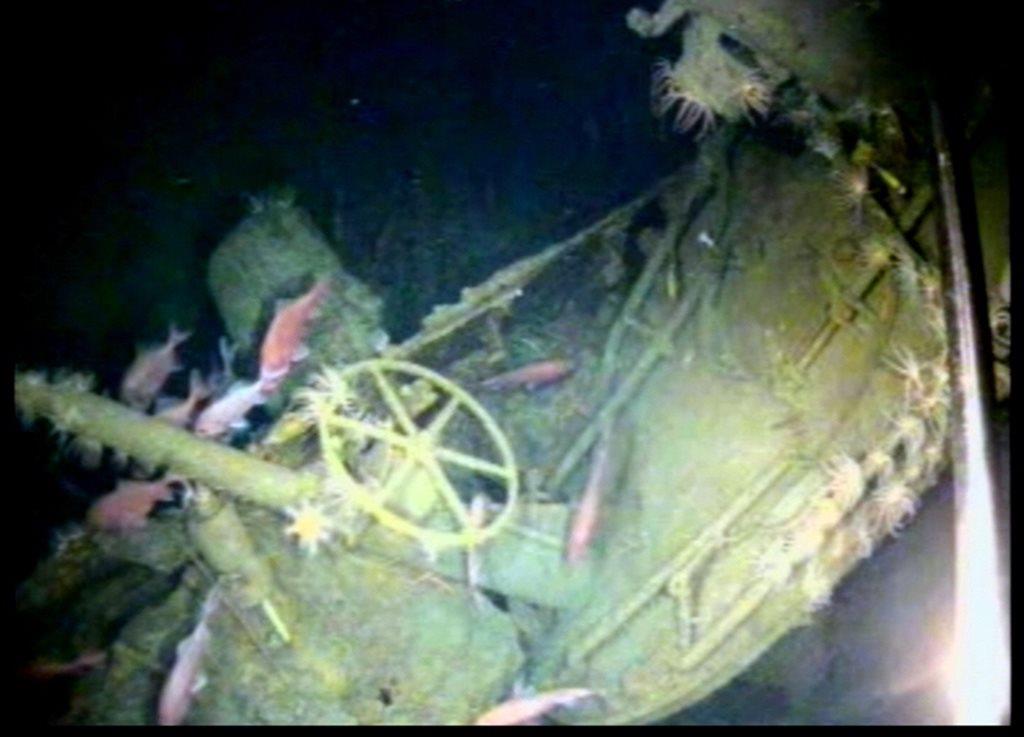For the oil and gas industry, Fugro is perhaps best known for its work in evaluating potential drilling sites with its geophysical and geotechnical surveys, providing survey support during the construction phases of projects and other services.
But the Netherlands–based company, which also works in the power, building and infrastructure and mining sectors, has occasionally used its expertise and equipment for other purposes.
Some may recall Fugro played a leading role in the search for missing Malaysia Airlines flight MH370, using three of its specialist survey vessels, four deep tour sonar systems and an AUV to scour the Southern Indian Ocean. The flight took off on March 8, 2014, with 239 passengers. But the Boeing 777 plane never reached its destination of Kuala Lumpur. The disappearance sparked massive search efforts to no avail. The search was suspended in January 2017 but could resume, according to news reports.
Fugro’s latest expedition successfully brought closure to the mystery behind Australia’s lost HMAS AE1 submarine more than 100 years after it disappeared off Papua New Guinea during the First World War.
As explained by the Royal Australian Navy (RAN), AE1 was on a mission to capture German Pacific colonies working alongside her sister AE2. Together, they participated in operations that led to the occupation of German New Guinea. However, the vessel disappeared, failing to return from a so-called rendezvous with a fellow submarine, Parramatta, off Raluana Point. The weather was hazy.
“The loss of AE1 with her entire complement of three officers and 32 sailors was the RAN’s first major tragedy and it marred an otherwise successful operation to seize the German colonies in New Guinea and the South Pacific,” RAN said on its website. “It is not known what caused AE1 to disappear without trace and the first of several new searches was conducted in 1976 to establish her location; but until 2017 none of these had been successful.”
In a news release Dec. 22, Fugro explained how the company deployed its AUV in water over 300 m deep from the Fugro Equator survey vessel, which was one of the three used during the MH370 search. The company spotted the missing submarine on the seafloor Dec. 19. The discovery was made with the help of survey technology that included a multibeam echosounder mounted to the vessel’s hull and an AUV, which scanned the seafloor to collect data, Fugro said.
As part of the campaign, Fugro said 1-m resolution images were taken and the results enabled the crew to positively identify the target.

“The success of this campaign is due to the efforts of all the teams involved and as one of the world’s most experienced operators of AUVs, Fugro is proud to have been a part of the search,” said Paul Seaton, Fugro’s regional business development manager. “It is particularly rewarding to know that the information gained from this expedition will be held by the Australian National Maritime Museum for future generations to remember.”
Fugro said the vessel is well preserved and appears to be in one piece. It is truly amazing how technology combined with the will and skills of Fugro led to solving what was considered Australia’s oldest naval mystery. Hopefully, the search for the missing MH370 flight will resume and lead to the aircraft’s discovery as well, bringing some closure for those families.

A commemorative service took place for the 35 crew members who lost their lives in 1914, and efforts are underway to contact the crew’s descendants, Fugro said.
Velda Addison can be reached at vaddison@hartenergy.com.
Recommended Reading
E&P Highlights: Sept. 30, 2024
2024-09-30 - Here’s a roundup of the latest E&P headlines, including concessions awarded in the Middle East and updates following Hurricane Helene.
NSTA Opens Investigations into UK North Sea Decommissioning Delays
2024-07-16 - The North Sea Transition Authority is investigating missed deadlines for well decommissioning projects on the U.K. Continental Shelf that have already increased forecast P&A costs to $31 billion between 2023 and 2032.
E&P Highlights: Sep. 2, 2024
2024-09-03 - Here's a roundup of the latest E&P headlines, with Valeura increasing production at their Nong Yao C development and Oceaneering securing several contracts in the U.K. North Sea.
FourPhase Secures Three New Contracts in UK and UK Continental Shelf
2024-08-22 - The contracts include coiled tubing and de-sanding services for operators in the U.K. Continental Shelf.
CNOOC Discovers Over 100 Bcm of Proved Gas in South China Sea
2024-08-07 - CNOOC’s Lingshui 36-1 is the world’s first large, ultra-shallow gas field in ultra-deep water.






